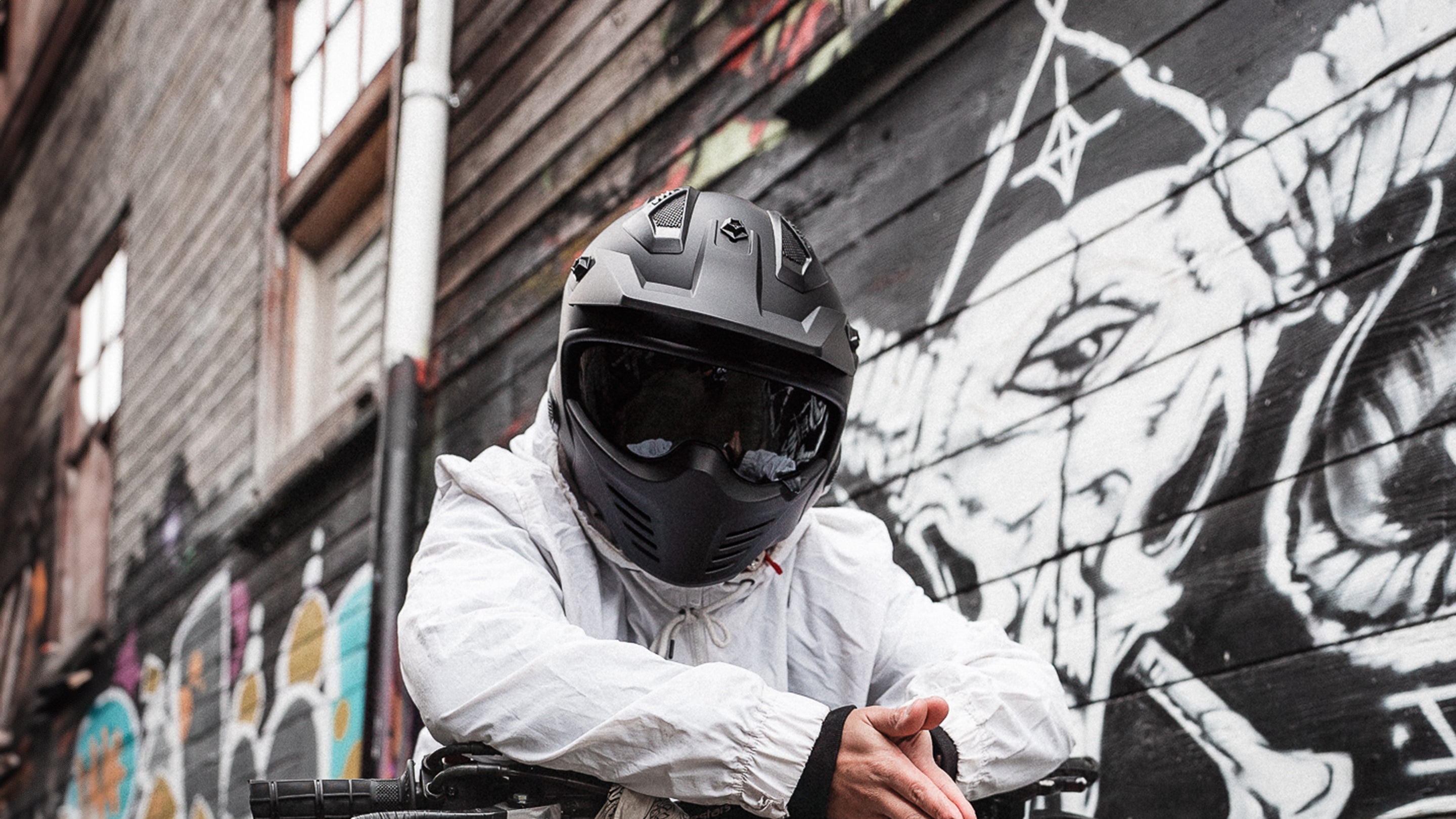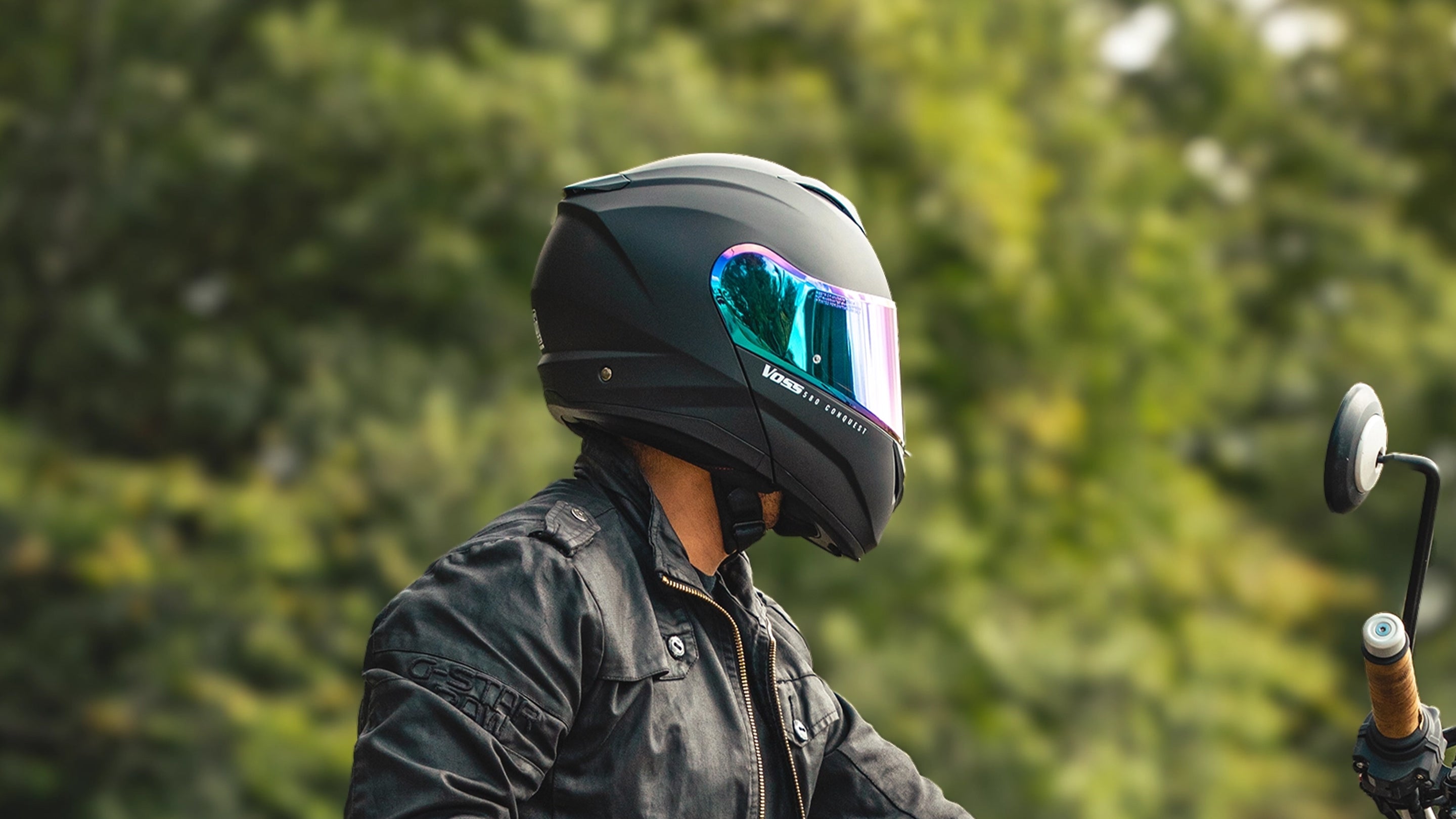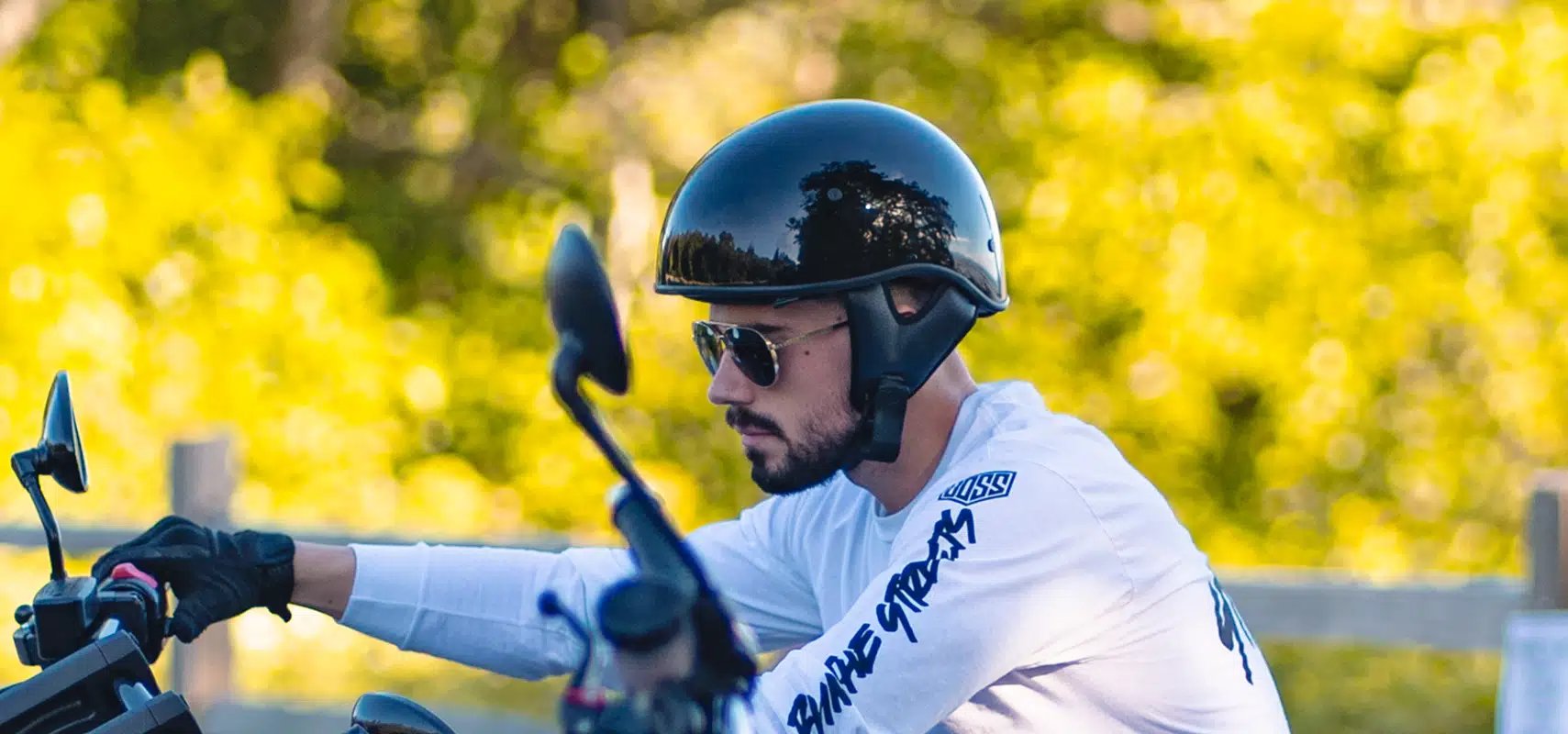Road Rash? Not Today! Discover the 10 Ride-or-Die Rules for Safe Motorcycling!
Riding a motorcycle is an exhilarating experience, offering freedom and a unique connection with the road. However, it comes with inherent risks. Managing these risks is crucial to ensure a safe and enjoyable ride every time. In this article, we'll explore effective strategies to manage risk and avoid crashing when riding a motorcycle.
Motorcycle riding is more than just a mode of transportation; it's a passion for many. However, along with the thrill comes the responsibility of ensuring safety on the road. Understanding and managing risks are fundamental aspects of responsible motorcycle riding. Several factors contribute to the risk of crashing while riding a motorcycle. Weather conditions, road conditions, and traffic situations are among the primary risk factors riders face. Being aware of these factors and how they can affect your ride is essential for effective risk management.
- Preparing Yourself and Your Bike
Before hitting the road, it's crucial to ensure both you and your motorcycle are adequately prepared. Wearing proper safety gear, including a helmet, gloves, and protective clothing, is non-negotiable. Additionally, regular maintenance checks on your bike can help prevent mechanical failures that could lead to accidents. Get comfortable doing your pre-ride inspections, before every ride!!
- Developing Defensive Riding Skills
Defensive riding is all about anticipating potential hazards and taking proactive measures to avoid them. Maintaining safe distances from other vehicles, signaling intentions clearly, and constantly scanning the road for potential dangers are vital defensive riding skills. Furthermore, if you can try to put yourself in a vehicle driver's position with the assumption that they don't see you - you'll always be much better off.
- Enhancing Visibility
Visibility is *key* to avoiding accidents, especially in low-light conditions or adverse weather. Using reflective gear and keeping your motorcycle's lights on, even during the day, can significantly improve your visibility to other motorists. Black is and will always be very cool, but wearing vibrant colors will greatly help you stand out more amongst the traffic.
- Riding Within Your Limits
Knowing your skill level and riding within your limits is essential for staying safe on the road. Avoid succumbing to peer pressure or attempting maneuvers beyond your abilities, as this can lead to disastrous consequences. Someone once said: if your bike doesn't scare you anymore, then it's time to get a new one. Boundaries are very healthy because they are constantly reminding you that riding is an inherently dangerous sport. Respect your yourself, your bike and your surroundings.
- Managing Speed
Speed is a significant contributing factor in motorcycle accidents. Riding too fast reduces your reaction time and increases the severity of crashes. Adapting your speed to match road and weather conditions, and avoiding overconfidence in your abilities, are crucial for staying safe.
- Handling Emergency Situations
Despite your best efforts, emergencies can still occur on the road. Knowing how to execute proper braking techniques and evasive maneuvers can make all the difference in avoiding a crash or minimizing its impact. The only thing you can do here is practice, practice, practice.
- Staying Focused and Alert
Maintaining focus and alertness while riding is paramount. Avoid distractions such as using your phone or daydreaming, and take regular breaks to combat fatigue, which can impair your ability to react quickly in dangerous situations. It's a good idea to learn some basic stretches that you can practice on breaks to get an energy boost along with the blood flowing.
- Riding in Groups
Group rides can be a fun way to experience the open road, but they also present unique challenges. Establishing clear communication signals and understanding group dynamics can help ensure a safe and enjoyable ride for everyone involved. Remember, do not push your limits here and try to join a group who's skill level is on par with yours.
- Dealing with Adverse Conditions
This should go without saying, but try to avoid riding in adverse weather conditions as much as possible, because it requires tremendous caution and skill. Tips for riding in the rain and strong winds include adjusting your riding style, being gentle with controls, and staying relaxed to maintain control of your motorcycle. Generally in this case, slow and steady wins the race.
- Post-Ride Reflection and Learning
After each ride, take the time to reflect on your experiences and identify areas for improvement. Analyzing near misses and seeking further training or guidance can help you become a safer and more confident rider. If you have a camera mounted (and you should!), then re-watching camera footage is also a great way to remember some of the little movements, either by you or vehicles around you, that you might not have picked up on at the time.
Conclusion
Managing risk and avoiding crashes when riding a motorcycle is a multifaceted endeavor that requires preparation, skill, and constant vigilance. By understanding and addressing the various risk factors involved, riders can enjoy the thrill of the open road while staying safe. No matter how long you've been riding, you've never seen it all or done it all. There's always room for improvement, so get out there and practice!










